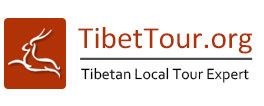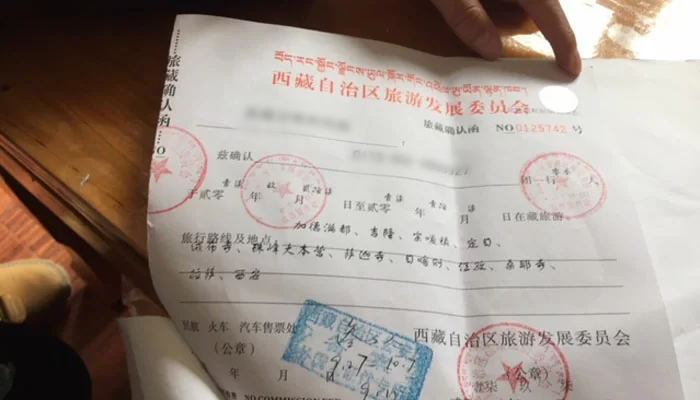
- Tibet Group Tour
- 10 Days Beijing Xian Lhasa Shanghai Small Group Tour From USD1072
- 12 Days Chengdu Tibet Railway Lhasa Namtso Shigatse Small Group Tour From USD1575
- 13 Days Beijing Xian Lhasa Yangtse River Shanghai Small Group Tour From USD1725
- 14 Days Beijing Xian Lhasa Shigatse EBC Chengdu Small Group Tour From USD1603
- 15 Days Beijing Xian Lhasa Chengdu Guilin Shanghai Small Group Tour From USD1787
- Tibet Tours
- China Tibet Tour
- 10 Days Beijing Xian Lhasa Shanghai Small Group Tour From USD1072
- 12 Days Chengdu Tibet Railway Lhasa Namtso Shigatse Small Group Tour From USD1575
- 13 Days Beijing Xian Lhasa Yangtse River Shanghai Small Group Tour From USD1725
- 14 Days Beijing Xian Lhasa Shigatse EBC Chengdu Small Group Tour From USD1603
- 15 Days Beijing Xian Lhasa Chengdu Guilin Shanghai Small Group Tour From USD1787
- Tibet Nepal Tour
- 7 Days Lhasa to Kathmandu Small Group Tour From USD989
- 7 Days Kathmandu & Lhasa Tour By Flight
- 9 Days Kathmandu & Tibet Golden Triangle Tour
- 14 Days Nepal & Tibet Highlights Tour
- 10 Days Tibet and Nepal: Journey to the Highest Himalaya
- 13 Days Classic Tibet Nepal and Bhutan Tour
- 14 Days Lhasa to Kathmandu Overland Tour from Beijing
- 14 Days Journey to the Himalayan Kingdoms
- 17 Days An Epic Journey through India, Nepal & Tibet
- 11 Days Himalaya Overland Tour from Lhasa to Kathmandu
- 18 Days Travel through Silk Road to Tibet and Exotic Nepal
- China Tibet Nepal Tour
- 10 Days Beijing Xian Lhasa Kathmandu Small Group Tour From USD1276
- 12 Days Beijing Lhasa Shigatse EBC Kathmandu Small Group Tour From USD1712
- 15 Days Beijing Lhasa Shigatse EBC Kathmandu Small Group Tour From USD2014
- 15 Days Beijing Xian Lhasa Shigatse EBC Kathmandu Small Group Tour From USD2242
- 17 Days Kathmandu to Beijing Overland Small Group Tour From USD2283
- 20 Days Beijing Xian Lhasa EBC Kathmandu Pokhara Chitwan Small Group Tour From USD2799
- Tibet Train
- Tibet Travel Permit
FOR FREE - Get a Tour Quote
- About Us
































































